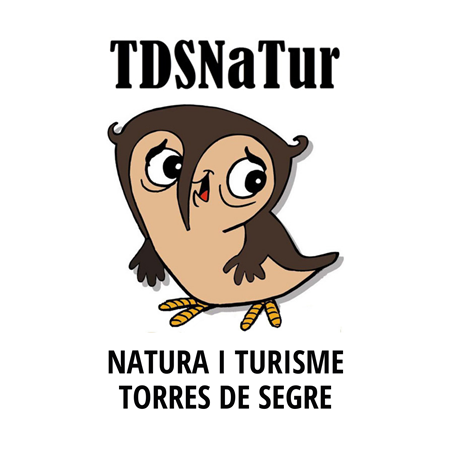NATURE

The River Segre and Utxesa Nature Trail begins at Torres de Segre (El Segrià - Spain), which is 15 km from Lleida (Spain). It connects a section of the river Segre with the Utxesa reservoir and surrounding area. The total length of the route is 13.5 km and it almost the whole route is in the municipal district of Torres de Segre though near Utxesa it also passes through part of the municipal district of Aitona.
On account of its natural value, Utxesa has been included in the Pla d'Espais d'Interès Natural (PEIN - Plan for Places of Natural Interest) and in Xarxa Natura 2000(Nature 2000 Network) in the section for the Drylands of Segrià-Garrigues. It has also been catalogued as a Zona d'Especial Protecció per les Aus (ZEPA - Special Protection Area for Birds).
There are also plans to include the section of the river Segre that passes through Torres de Segre whenXarxa Natura 2000 is extended.
The PEIN of Utxesa includes parts of the municipal districts of Torres de Segre, Aitona and Sarroca de Lleida. It is formed by the reservoirs of Utxesa-Secà, Simó and Burgebut, with their respective tail ends as humid zones; and also includes the tablelands of the Tossal de Carrassumada and the Tossals de Sunyer as wilderness areas.
All along the River Segre and Utxesa Nature Trail it is possible to enjoy a wide variety of landscapes where visitors will find numerous plant and animal species and a particularly large number of birds.
Along this section of the river Segre it is possible to enjoy really gratifying natural scenery as well as viewing the landscapes of the orchards and market gardens of the municipal district of Torres de Segre. The area bordering the river Segre has all of the typical vegetation associated with riversides. Local species include poplars (Populus nigra and Populus alba) and "verns" (Alnus glutinosa) There is also a great variety of fauna, including water fowl such as the mallard (Anas platyrhynchos), moorhen (Gallinula chloropus), grey heron (Ardea cinerea) and little egret (Egretta garcetta).
As well as water birds, near the river it is also easy to see the white stork, because there is a colony of them nesting on the bell tower of the local church and they often go near the river in search of food.
The Utxesa-Secà reservoir is a truly unique natural space, which is located at the very south-western tip of the central Catalan plain. It is a confluence of natural systems with a rich diversity of flora, vegetation and fauna. The diversity of its bird species (there are more than 280) led to it being declared a Natural Wildlife Reserve.
The most typical bird species found in the area include the marsh harrier (Circus aeruginosus), grey heron (Ardea cinerea), purple heron (Ardea purpurea), cormorant (Phalacrocorax carbo) and coot (Fulica atra).
As well as including the important wetland zone of the Central Depression, the area also includes tubular relief and quite important expanses of arid landscape. Some of the vegetable species that can be found on these low ridges include: thickets of rosemary and "maleïda perdiguera" (Rosmarino officinalis-Linetum suffructicosi) amongst which it is important to highlight a variety that is endemic to the Iberian Peninsula, "astragal de narbona" (Astragalus turolensis). Other varieties include dry thyme (Sideretum cavanillesii), alfa grass (Lygeum spartum), "sanadelles" (Stipa offneri, Stipa parviflora) and other herbaceous vegetation and particularly greybeard (Brachypodium retusum).
These types of vegetation also contribute to the presence of sub-steppe species such as the lesser grey shrike (Lanius minor), roller (Coracias garrulus), Thekla-Lark (Gaderida theklae) and the calandra lark (Melanocorypha calandra).
The different guided itineraries can be adapted to meet the needs of each group, in terms of the length and type of visit, the places visited, etc. In general, however, it could be said that the routes tend to focus on observing the different bird species that can be found along them and also the vegetation and diversity of scenery in the area. There are also visits to places that offer heritage value on account of their architecture and archaeological remains.
Some of the activities that can be enjoyed include: Horse-riding routes, Bicycle routes, Visits to architectural heritage sites and archaeological remains, Various different routes around the river Segre and Utxesa, Nature photography, Bird-watching, Fishing.
Contact information